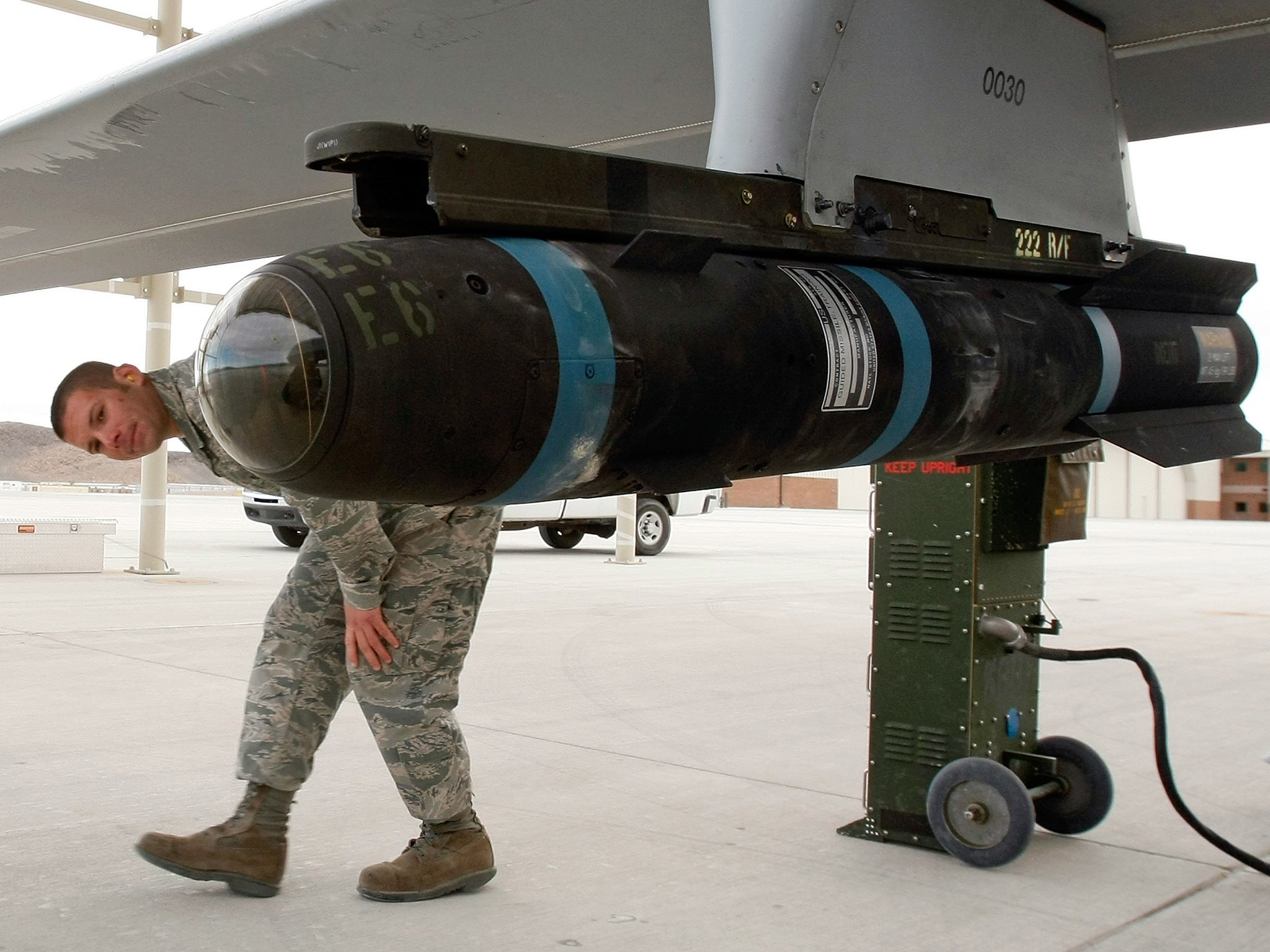US missile went astray on return from Nato exercise and ends up in Cuba
Repeated requests to Havana by the US for the return of the missile have gone unheeded

It boasted some of the most sophisticated guidance technology ever invented yet somehow an American air-to-ground missile shipped to Europe for a Nato military exercise in 2014 went wildly off course on its return journey to the United States and showed up instead in – of all places – Havana, Cuba.
While it is not quite the modern equivalent of the Cuban missile crisis – the Hellfire missile, usually fired from helicopters or Predator drones, was inert – the affair nonetheless has US military investigators in a tizzy. No one can remember a more embarrassing instance of a sensitive weapon – even if it contains no explosives – mysteriously going walkabout.
The exercise in question happened in Spain in 2014. Once it was over, the missile, manufactured by Lockheed Martin, was properly crated up for its journey back to whence it had come – Orlando, Florida. The cargo was said to have moved through Spain, Germany and France. It ended up on a lorry operated by Air France and was eventually put on a pallet of mixed cargo at Charles de Gaulle Airport in Paris that thereafter was flown on Air France to Havana, where the weapon was instantly seized by Cuban officials.
As best anyone knows that is where it remains. The fear at the Pentagon is less that Cuba itself will try to reverse-engineer all those clever laser guidance and targeting technology inside the missile, but that it may have given others access to it who might try to do just that, including Russia and North Korea.
Then there is the question of whether this came of incompetence or conspiracy. “Did someone take a bribe to send it somewhere else? Was it an intelligence operation, or just a series of mistakes? That’s what we’ve been trying to figure out,” one US official told The Wall Street Journal, which first broke the story.
Following the paper trail is complicated because different shipping companies were entrusted with the missile by Lockheed Martin and because of a complex tangle of differing national rules on the cross-border movement of weapons. The Pentagon and the State Department became aware of the situation, moreover, just as Cuba and the US were embarking on their attempts at thawing relations.
In spite of the progress made towards normalising relations, repeated requests to Havana by the US for the return of the missile have gone unheeded, officials acknowledged.
Subscribe to Independent Premium to bookmark this article
Want to bookmark your favourite articles and stories to read or reference later? Start your Independent Premium subscription today.

Join our commenting forum
Join thought-provoking conversations, follow other Independent readers and see their replies